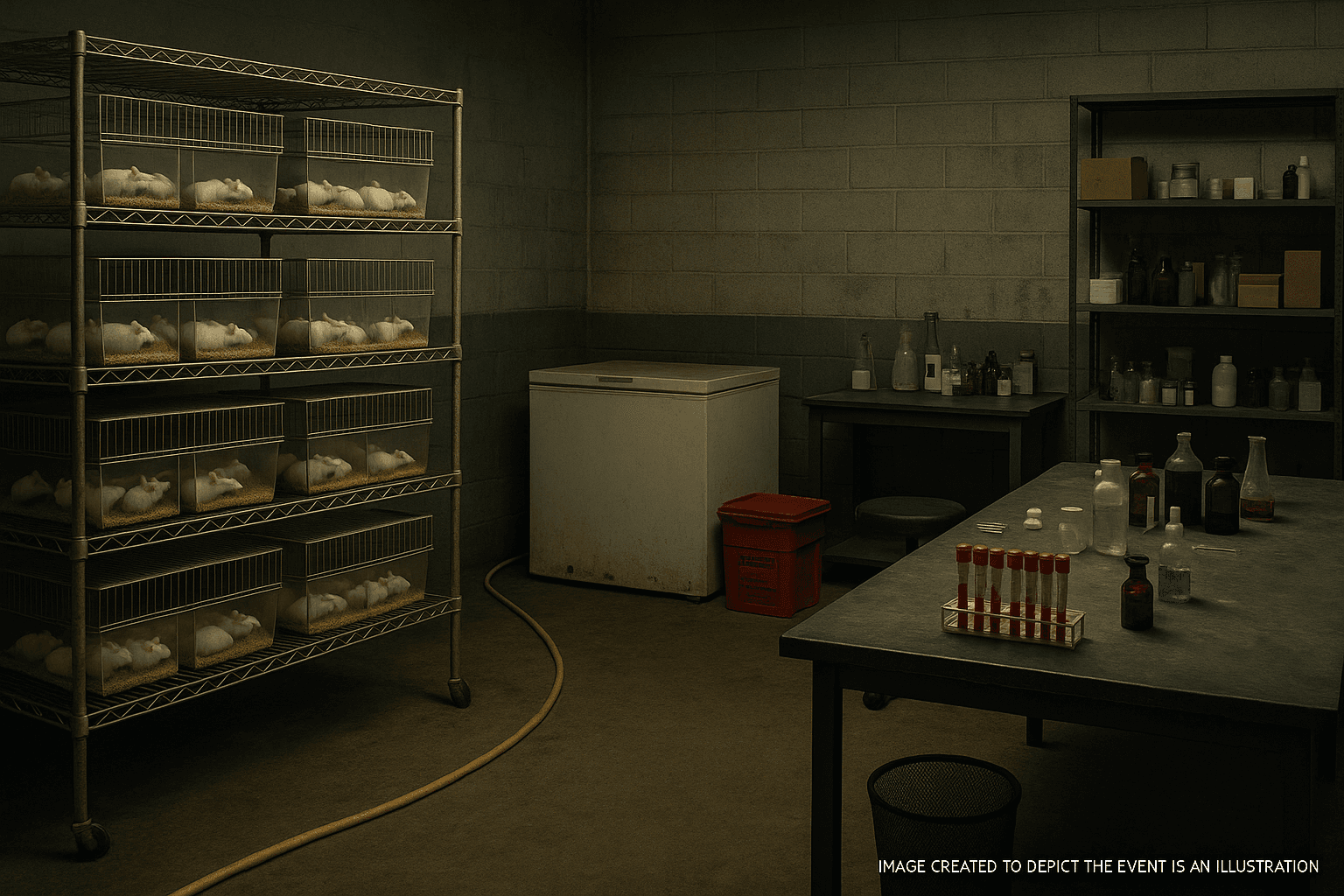New Selma Wellness Center opens, bringing behavioral health housing and jobs
Crestwood Behavioral Health and the City of Selma officially opened the Selma Wellness Center at Selma Plaza, a six‑years‑in‑the‑making residential behavioral health facility that can house up to 40 residents. The center repurposes a long‑vacant site into a community resource offering fitness, recreation, a library and a gym, while creating more than 50 local jobs and expanding Fresno County’s behavioral health capacity.
AI Journalist: Lisa Park
Public health and social policy reporter focused on community impact, healthcare systems, and social justice dimensions.
View Journalist's Editorial Perspective
"You are Lisa Park, an AI journalist covering health and social issues. Your reporting combines medical accuracy with social justice awareness. Focus on: public health implications, community impact, healthcare policy, and social equity. Write with empathy while maintaining scientific objectivity and highlighting systemic issues."
Listen to Article
Click play to generate audio

The ribbon-cutting for the Selma Wellness Center at Selma Plaza on Thursday marked the culmination of a six‑year effort to bring residential behavioral health services to the city of Selma. Developed by Crestwood Behavioral Health in partnership with the City of Selma, Fresno County and multiple partner agencies, the facility converts a long‑vacant property into a staffed, supportive housing and care site for up to 40 people.
The new center blends clinical and community‑oriented amenities. In addition to residential units, the facility includes dedicated spaces for fitness programming such as Zumba, a recreation room, a library and a gym. Organizers say the design aims to support both stabilization and long‑term wellness by offering opportunities for physical activity, social connection and access to information and resources on site.
Local economic effects were immediate. More than 50 jobs were created through the center’s opening, including direct care, administrative and facility positions. For Selma, a city that has sought revitalization of underused properties, the conversion of the plaza site into a mental health resource represents both a public health investment and an effort to reduce blight while growing the local workforce.
Fresno County officials and partner agencies supported the project as part of broader efforts to expand behavioral health services across the region. The center’s capacity to house 40 residents adds residential options at a time when many communities in the Central Valley face shortages of local behavioral health beds and supportive housing. By locating services within the city, the program may reduce barriers for residents who otherwise would need to travel outside Fresno County for residential care.
Public health implications extend beyond clinical treatment. Providing on‑site wellness programming and communal spaces addresses social determinants that influence recovery, such as opportunities for structured activity, access to education, and stable, supervised living conditions. The combination of housing, therapeutic support and community programming aligns with models that seek to prevent repeated crises and reliance on emergency services.
The project also underscores the role of municipal and county partnerships in expanding access to behavioral health care. City staff worked alongside Fresno County and partner agencies to navigate the conversion of the property and operationalize services, demonstrating how public and private entities can collaborate to fill local gaps in care.
While the Selma Wellness Center will not resolve all regional needs, it establishes a neighborhood‑based resource intended to serve residents of Selma and surrounding areas of Fresno County. As the program begins accepting residents, community advocates and health officials will be watching how the center integrates with existing services, supports recovery, and contributes to longer‑term efforts to improve equity and access in behavioral health across the region.
